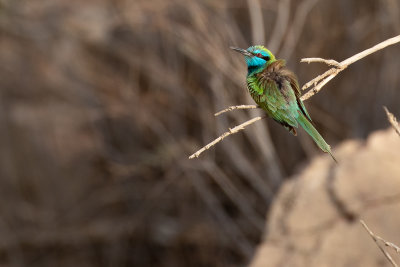
Arabian Green Bee-eater (Merops cyanophrys cyanophrys) |
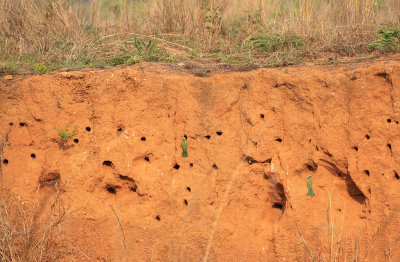
White-fronted Bee-eater (Merops bullockoides) |
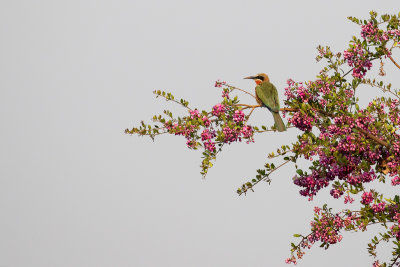
White-fronted Bee-eater (Merops bullockoides) |
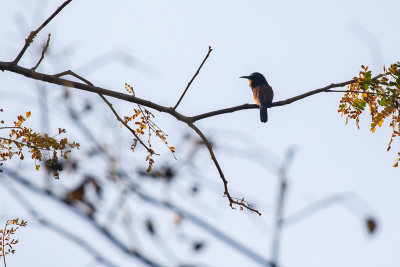
Blue-moustached Bee-eater (Merops mentalis) |
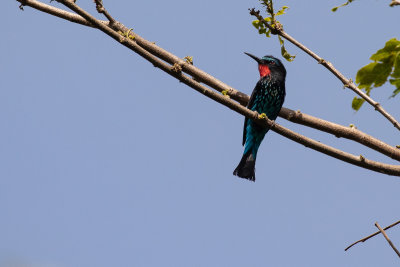
Black Bee-eater (Merops gularis) |
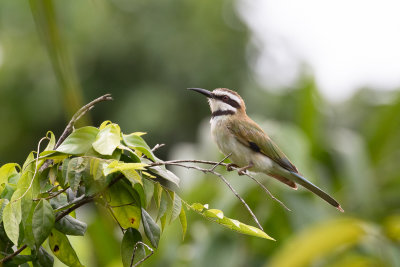
White-throated Bee-eater (Merops albicollis) |

Rainbow Bee-eater (Merops ornatus) |

White-fronted Bee-eater (Merops bullockoides) |

Böhm's Bee-eater (Merops boehmi) |
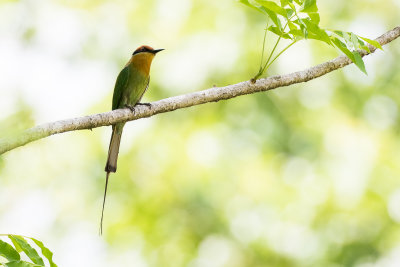
Böhm's Bee-eater (Merops boehmi) |
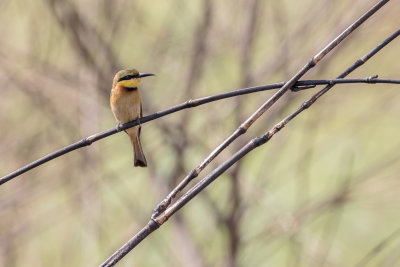
Little Bee-eater (Merops pusillus) |

White-fronted Bee-eater (Merops bullockoides) |

Blue-cheeked Bee-eater (Merops persicus) |
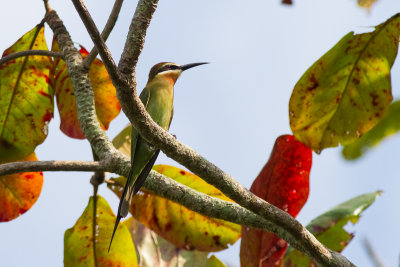
Olive Bee-eater (Merops superciliosus) |
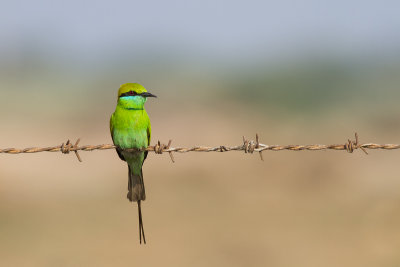
Green Bee-eater (Merops orientalis) |

Green Bee-eater (Merops orientalis) |

Madagascar Bee-eater (Merops superciliosus superciliosus) |
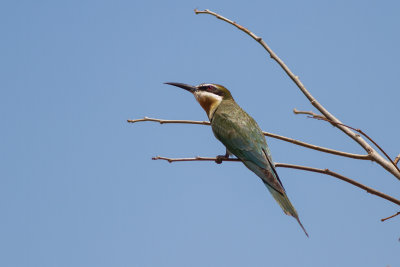
Madagascar Bee-eater (Merops s. superciliosus) |

Red-throated Bee-eater (Merops b. bulocki) |
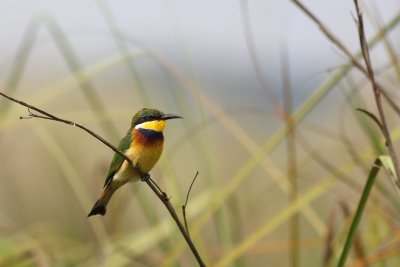
Blue-breasted Bee-eater (Merops variegatus) |

White-throated Bee-eater (Merops albicollis) |
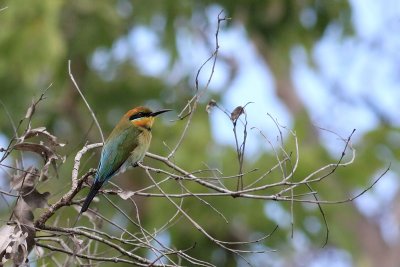
Rainbow Bee-eater (Merops ornatus) |
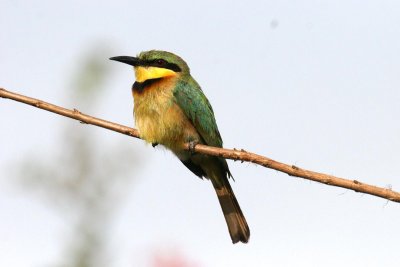
Little Bee-eater (Merops pusillus) |
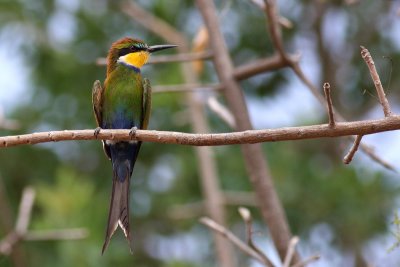
Swallow-tailed Bee-eater (Merops hirundineus) |











